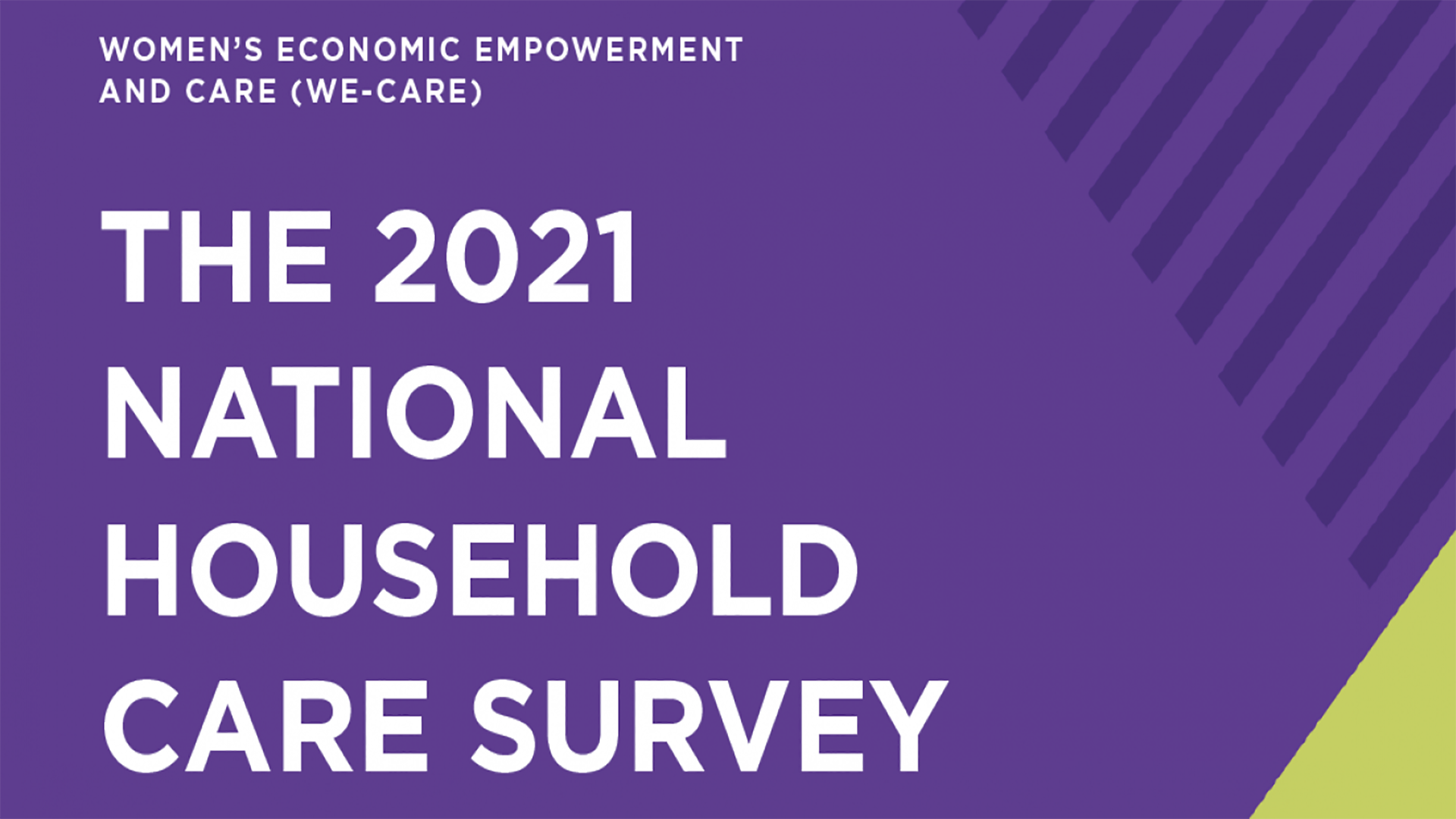- Version
- Download 460
- File Size 4.13 MB
- File Count 1
- Create Date June 18, 2022
- Last Updated March 24, 2023
The 2021 National Household Care Survey
The COVID-19 global pandemic significantly added to the load of unpaid care work. As more were forced to stay home, the need for home care and chores multiplied globally. It has been found that women in the household shouldered the burden of disproportionate care work. Care work, in definition, is an occupation that gives opportunities to women to foster their competencies.
Globally, it has been found that the phenomenon of unpaid care work disproportionately involves women, too. If unpaid care and domestic work (UCDW) was assigned a monetary value, it would constitute between 10 percent and 39 percent of the gross domestic product (GDP).
According to Oxfam’s “Time to Care” report (2020), women and girls spend up to 11 hours a day on UCDW—three to four times what men do. This involves caring for household members, cooking, cleaning, doing laundry, and collecting water and fuel. This heavy and unequal UCDW hampers the full attainment of gender equality and promotion of women’s human rights, especially among the poor and other marginalized groups, as this can lead to their concentration in low-paid, insecure, part-time, and informal work.
This study examined the different aspects of family/household life, particularly the unpaid care work of both women and children in the Philippines and the impact of COVID-19 on the number of work hours of both men and women.
The following were the research objectives of the study:
a. To gather information on UCDW, which is often underreported in standard time use measures, as UCDW may be aggregated or conflated with other time uses;
b. To measure care activities that are done simultaneously with paid work or non-work (secondary care activities) and supervision of dependents during the day. This is very important as total care hours increase significantly when secondary and supervisory activities are measured and documented. Relatedly, this study also aims, as a subset, to determine what activities make up both female and male children’s time.
c. To collect data on gender-based perceptions so as to understand the relationship between norms and UCDW division between genders;
d. To collect data on access to (or use of) public services and time- and labor-saving household equipment so as to evaluate the impact of these factors on time use (for paid work, unpaid care, and non-work time).
In the context of the COVID-19 pandemic, the 2021 National Household Care Survey gathered information on the following:
a. COVID-19 infection data, prevention and control measures at the household, community and local government levels, which may serve as a reference for subsequent capacity development programs at each of these levels;
b. Data on how COVID-19 emergencies have affected care work roles and workloads of women, men, and children within households.
